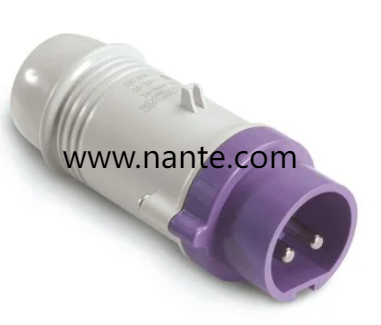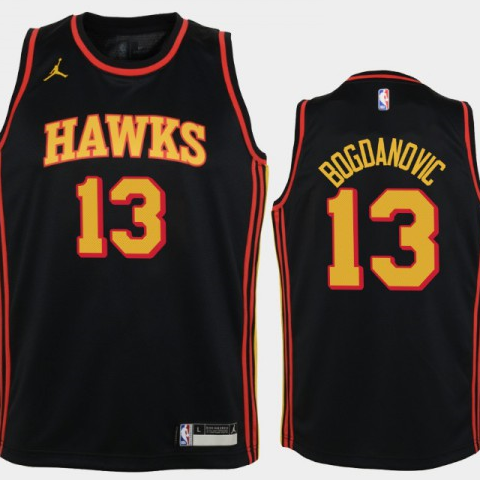When selecting connectors for heavy duty contexts, the choice of an Industrial Plug shapes how reliably machinery runs outside a workshop. From pop up markets and temporary stages to maritime docks and mobile hospitals, rugged connectors keep power flowing where standard household items would fail. As infrastructure adapts to mobile work patterns and as sites rely more on flexible electrification, matching a connector to its real world environment prevents costly interruptions and supports safer handling.
One main difference between light duty and heavy duty connectors is construction. Work sites demand bodies that survive repeated coupling, impact and vibration. A sturdy shell and a retention system that resists accidental uncoupling make a measurable difference when crews move equipment often. Equally important are mechanical features that guide mating so a team cannot join incompatible supplies during a hurried setup. These choices reduce misconnection risk and keep operations moving.
Environmental suitability matters. Many connectors appear outdoors, near washdown areas, or in coastal conditions where salt spray attacks metal. Choosing materials and seals matched to that exposure preserves conductivity and keeps contact surfaces clean. When a connector family offers replaceable seals and corrosion resistant contacts, maintenance becomes a matter of swapping a small part rather than replacing an entire unit after each season of use.
Thermal handling and contact design also influence reliability. Heavy motors and heat producing devices put stress on junctions when current flows for long shifts. Contact geometry and cable termination strategy determine how heat spreads and how often crews must check terminals. Systems designed with higher contact mass and with clear torque guidance reduce resistive heating and lengthen service intervals, which saves labor while preserving safety.
Function consolidation is a frequent driver for choosing a multi pin unit. Combined power and control in a single connector simplifies deployment for temporary rigs and avoids additional conduit runs. Where monitoring or interlock signals matter, an extra contact inside the mating face transmits a status signal so control systems know when a feed is present. That compact integration shortens setup time and improves reliability for transient installations.
Mobility and storage considerations affect procurement too. Rental fleets and touring operations value connectors that pack well and that include captive hardware to avoid lost screws and parts. Light but strong housings with ergonomic grips make manual handling easier and speed placement during tight schedules. For field technicians, small design details matter: a captive lid, a keyed alignment and a simple release mechanism reduce setup errors and stress during repeated use.
Serviceability lowers lifecycle cost. Connectors that accept modular inserts let teams repair a worn contact on site with a small spares kit. Suppliers who document accessory lists and part numbers help procurement keep just the right items on hand. When a part is available and simple to replace, crews restore supply quickly and avoid returns to the workshop that delay projects.
Safety features built into modern connectors ease everyday practice. Shrouded live parts, clear earth engagement and lockable trims reduce accidental contact and support safer handedness when technicians connect and disconnect under time pressure. Where operations mix volunteers with trained staff, such built in protections cut the chance of mishandling during a busy changeover.
Sector examples show how versatile connector use has become. At outdoor festivals, robust power points bring lighting and sound together while resisting wet weather. In temporary medical units, sealed connector systems support ventilators and diagnostic equipment in a compact footprint. On construction sites connectors handle cranes and portable heaters that demand secure feeds. The same family of hardware, when chosen with the right seals and contacts, travels across applications and keeps supply predictable.
Procurement and specification benefit from early supplier engagement. Discuss environmental exposure, expected mating cycles and planned monitoring with vendors so they can recommend bodies, insert types and sealing options that match site reality. Request torque guidance and spare lists to make maintenance straightforward. Clear documentation shortens commissioning and reduces the chance of field improvisation that undermines sealing and grounding.
If your project needs connectors that support mobile power, tough handling and simple field repair, review models and accessory options that fit your use case. For product pages, mounting notes and spare lists that help match hardware to site demands, visit https://www.nante.com/product/socket-plug/industrial-plug/ . There you will find imagery and supplier guidance to assist procurement and technical teams in choosing and maintaining connectors for diverse deployments, from event rigs to mobile clinics.







